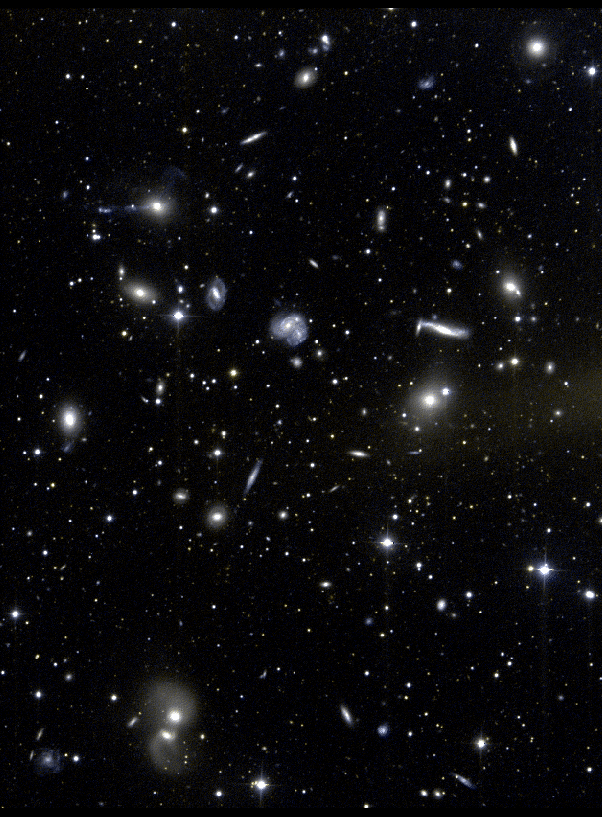

The National Solar Observatory at Sacramento Peak has a nice home page. They have down loadable Solar images, as well as lots of information about the Sun and Solar phenomenon. In addition if you have any questions about the Sun, you can "Ask Mr. Sunspot".
The Big Bear Solar Observatory, which is run by the New Jersey Institute of Technology, puts daily full disk white light pictures of the Sun on line.
A good introduction to the Sun and its properties is the High Altitude Observatories education page. Especially check out "The Sun: A Pictorial Introduction" slide set, and the "Visit the Solar Interior" image map.
In order to understand how stars generate energy, and how elements were produced in the very early universe, it is necessary to understand the basics of particle physics. A very excellent introductionticle physics. A very excellent introduction to particle physics is The Particle Adventure , by the Particle Data Group at Lawrence Berkeley National Laboratory. This site has a nice tutorial, complete with quizes so that you can test your understanding as you go.
The best general site on the web about stars and their properties is Stars and Constellations, by Jim Kaler from the University of Illinois.
Try these exercises to try to get a better feel for what parallax is and how it's measured, and how parallax is used to determine the distance, and from that, other properties of stars.
An exercise to help explore the ins and outs of proper motion in stars.
A good understanding of the structure of our own galaxy, as seen from inside, can be gained from the Multi-wavelength images of the Milky Way. Take some time to carefully study the images. Ask yourself what each of the is due to (e.g. what is producing the radiation seen on the infra-red image). Compare the details of the different images. Do you see exactly the same structures on each image? If not, what is theeach image? If not, what is the source of the differences?
Bill Keel has a picture gallery with many galaxy images in it.
In order to better understand the reasons different galaxies appear the way they do, Astronomers create simulations; calculations based on the known laws of physics. One of the current experts at doing this for galaxies, professor Chris Mihos at Case Western Reserve University, has created a Java version of his simulation program, called GalCrash. This means that you can try your hand at smashing galaxies together, and see if you can create outcomes similar to actual observed galaxies.
A good (but fairly technical) web-based introduction to the theory of relativity is available at: The modern relativity page. The pages are fairly mathematical, but the first section or two gives nice, non-mathematical "thought experiments" that illustrate the principles underlying relativity theory.
To help get a better understanding of how astronomers measure the distance to other galaxies, work through the Extra-galactic Distance Scale Lab at Northwest University (follow the education link to find the link to the lab).
Try this exercise to see how different parameters like the Hubble constant and mass density of the universe effect the age of the universe.
The SETI Institute is a non-profit organization that is carrying out research on and searches for life in the universe.
Try an exercise to evaluate the Drake equation, using the Drake equation calculator at the SETI Institute.
Send Page maintainer email: vandersen@uh.edu